“Bar breaking apparatus” has been added to your cart. View cart
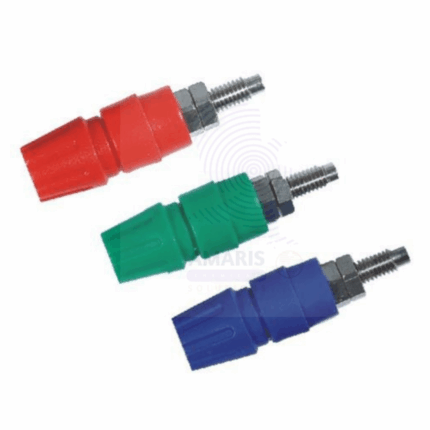
Terminals
$700.00 Original price was: $700.00.$650.00Current price is: $650.00.
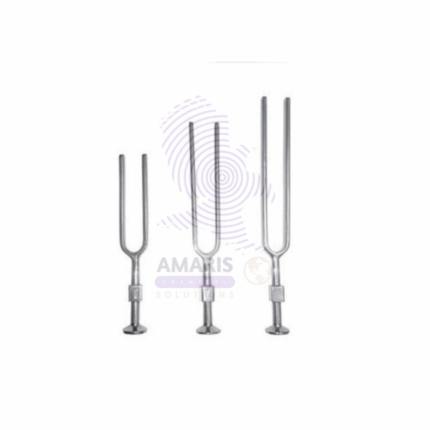
Tuning fork set of 8
$1,500.00 Original price was: $1,500.00.$1,400.00Current price is: $1,400.00.
Tile cavity 6 and 12 holes
$370.00 Original price was: $370.00.$300.00Current price is: $300.00.
Whatsapp Order
A tile cavity plate with 6 or 12 holes is a flat, ceramic or plastic laboratory tool designed with multiple small, concave wells, each acting as a mini container. These wells are used for holding small volumes of liquid or powdered chemicals, reagents, or samples. The layout of 6 or 12 cavities allows for efficient organization and simultaneous testing of multiple substances in a compact space. Ideal for spot tests, small-scale reactions, pH analysis, and staining procedures, the plate offers a convenient and reusable solution for managing parallel experiments without risk of cross-contamination between samples.
SKU:
ACS93163CHEM0
Category: LABORATORY EQUIPMENT & APPARATUS
Description
Table of Contents
ToggleUses of Tile cavity 6 and 12 holes
1. Spot Testing
- Tile cavity plates are often used for small-scale spot tests. Each cavity can hold a small volume of reagents, allowing for multiple tests to be conducted simultaneously without cross-contamination.
2. pH Testing
- The cavities are used to place different samples and test their pH by adding a few drops of pH indicators or using pH paper.
3. Preliminary Chemical Reactions
- Small-scale reactions can be carried out in individual cavities for preliminary analysis. This is useful when working with limited amounts of chemicals or when you want to observe the color change or precipitation in different conditions.
4. Titrations
- Microtitrations can be performed in tile cavities, especially when only a small amount of reagent is needed. The multiple cavities allow for titration of several samples or repeated trials in parallel.
5. Biological Assays
- In microbiology, tile plates can be used to hold small quantities of cultures, reagents, or even bacterial suspensions for observation or staining.
6. Staining
- In biological applications, tile cavities can be used to perform staining of cells or tissues with different staining solutions. For example, Gram staining or other histological staining techniques can be performed using tile plates for efficiency.
7. Storage of Small Volumes
- They can be used for temporary storage of small liquid samples, especially when a large number of solutions need to be handled in small volumes.
Reviews (0)
Be the first to review “Tile cavity 6 and 12 holes” Cancel reply
Related products
Atomic Model Set
$0.01
A lab atomic model set is a collection of physical models and materials designed to represent the structure of atoms and molecules. It is commonly used in educational and scientific laboratory settings to visually demonstrate the arrangement of protons, neutrons, and electrons within an atom, as well as the bonding patterns between atoms in molecules. These sets typically include colored balls of various sizes representing different types of atoms, as well as connectors or magnets to simulate chemical bonds between them. The purpose of these sets is to help students and researchers better understand the principles of atomic and molecular structure in a tangible and interactive way.
Barlows wheel apparatus
$0.01
The Barlow's wheel apparatus is an experimental device used to demonstrate the conversion of electrical energy into mechanical energy through electromagnetic principles. It consists of a horizontal wheel or disk with radial metal spokes attached to its center. The wheel is mounted on an axle, allowing it to rotate freely.
Barometer tubes
$0.01
A barometer tube is a slender, sealed, and typically transparent tube used in barometers to measure atmospheric pressure. It is usually filled with a liquid, often mercury, but sometimes water or another fluid, which rises or falls within the tube in response to changes in atmospheric pressure. The height of the liquid column in the tube serves as an indicator of the current atmospheric pressure, with higher pressure causing the liquid to fall and lower pressure causing it to rise. This measurement helps in predicting weather changes and understanding atmospheric conditions.
beaker pyrex
A glass beaker is a cylindrical, open-top container made of glass, typically with graduated volume markings on its side. It is commonly used in laboratories for holding, mixing, and heating liquids, as well as for performing various experiments and chemical reactions. Glass beakers come in various sizes and are designed to provide easy observation of the contents and to withstand temperature changes without significant deformation or chemical interaction with the substances being used.
Beaker Simax
$0.01
A glass beaker is a cylindrical, open-top container made of glass, typically with graduated volume markings on its side. It is commonly used in laboratories for holding, mixing, and heating liquids, as well as for performing various experiments and chemical reactions. Glass beakers come in various sizes and are designed to provide easy observation of the contents and to withstand temperature changes without significant deformation or chemical interaction with the substances being used.
Bernoulli Tube Apparatus
$0.01
The Bernoulli tube apparatus, also known as a Venturi tube apparatus, is a scientific device used to demonstrate the principles of fluid dynamics, particularly the Bernoulli's principle. It consists of a specially shaped tube with a constricted region, often referred to as a Venturi section. When fluid (liquid or gas) flows through the tube, the constricted section leads to changes in pressure and velocity according to Bernoulli's principle, which states that as the velocity of a fluid increases, its pressure decreases and vice versa. This apparatus is commonly used in educational settings to visually illustrate how the flow of a fluid can affect its pressure, helping to explain various phenomena like lift in aircraft wings, fluid flow through pipes, and more.
Blotting paper
$0.01
Blotting paper is a highly absorbent and thin sheet of paper, typically made from materials like cotton, linen, or other plant fibers. It is designed to quickly absorb excess liquids, such as ink, oil, or moisture, from various surfaces without smudging or smearing the substances. Blotting paper is commonly used to remove excess ink from a freshly written page, absorb oil from the skin without disturbing makeup, or dry wet items. It is often found in office settings, art studios, and cosmetic applications due to its efficient absorption properties.



 LABORATORY EQUIPMENT & APPARATUS
LABORATORY EQUIPMENT & APPARATUS
 Fertilizers
Fertilizers Plant Growth Regulators
Plant Growth Regulators Soil Conditioners
Soil Conditioners Animal Feed Additives
Animal Feed Additives Biostimulants
Biostimulants Dough Conditioners
Dough Conditioners Flour Treatments
Flour Treatments Fat Replacers
Fat Replacers Preservatives (baking)
Preservatives (baking)
 Surfactants (cleaning)
Surfactants (cleaning) Builders
Builders Bleaching Agents
Bleaching Agents Enzymes
Enzymes Solvents (cleaning)
Solvents (cleaning) Fragrances
Fragrances

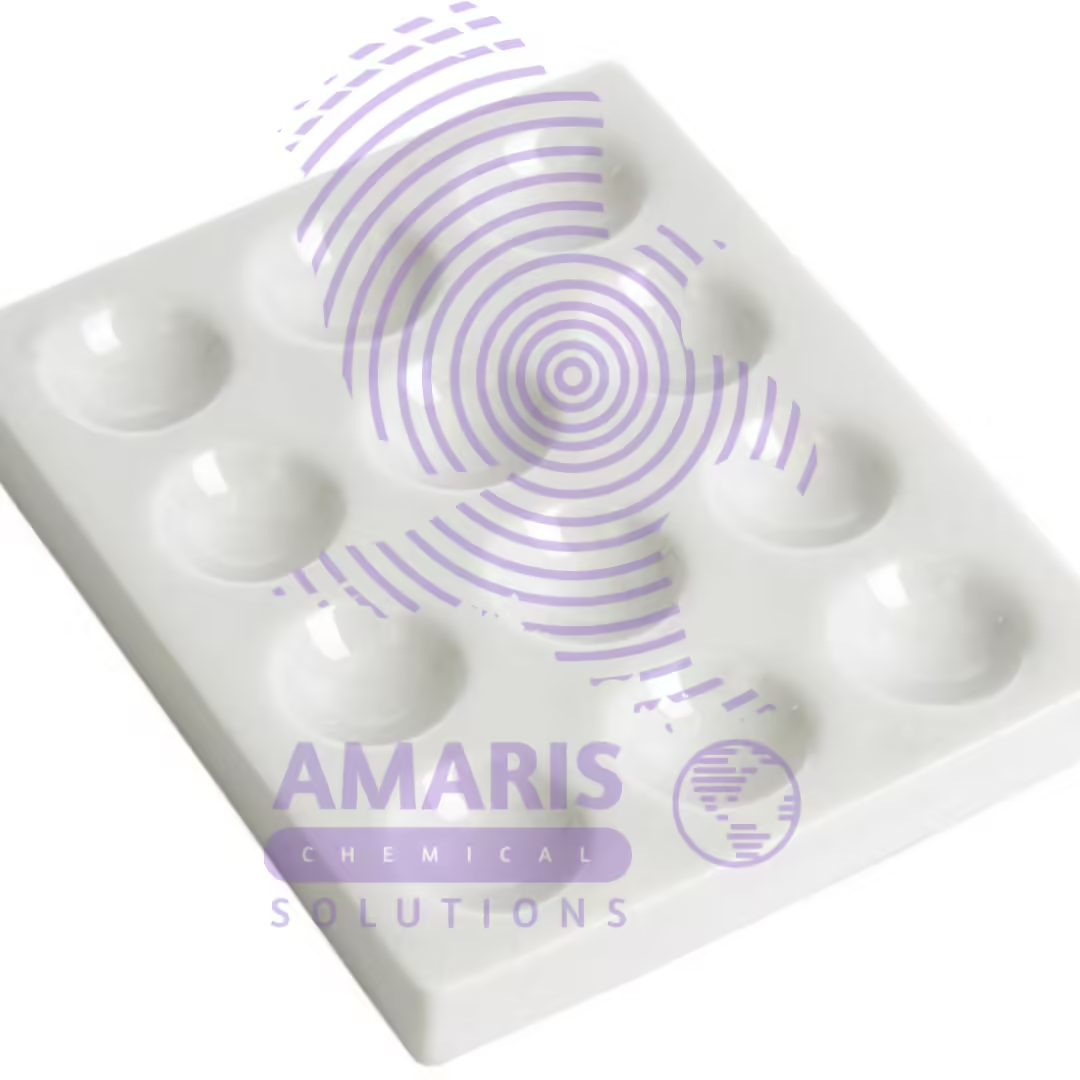
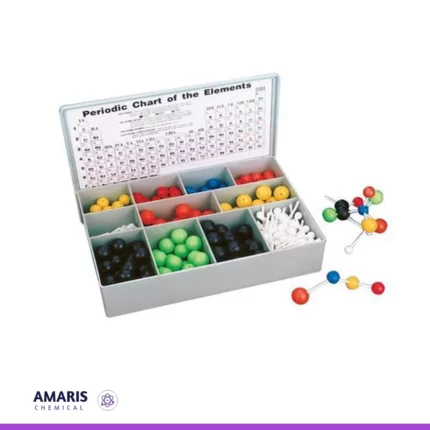
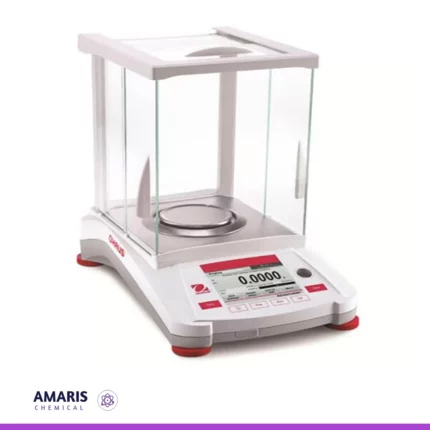


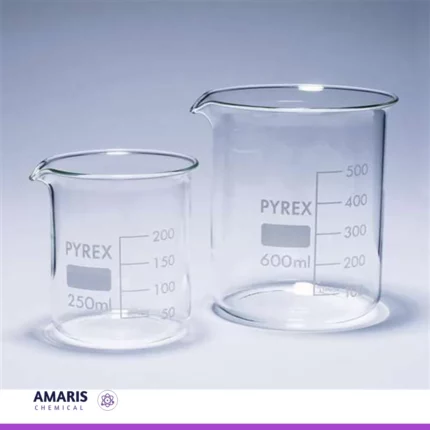
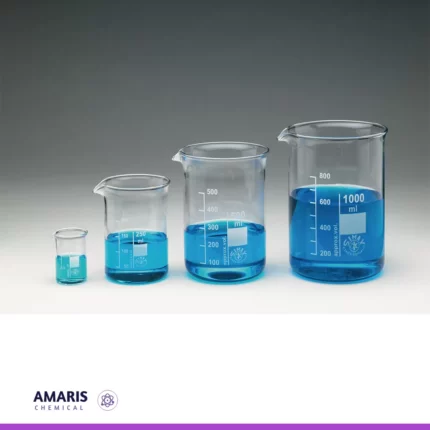















Reviews
There are no reviews yet.